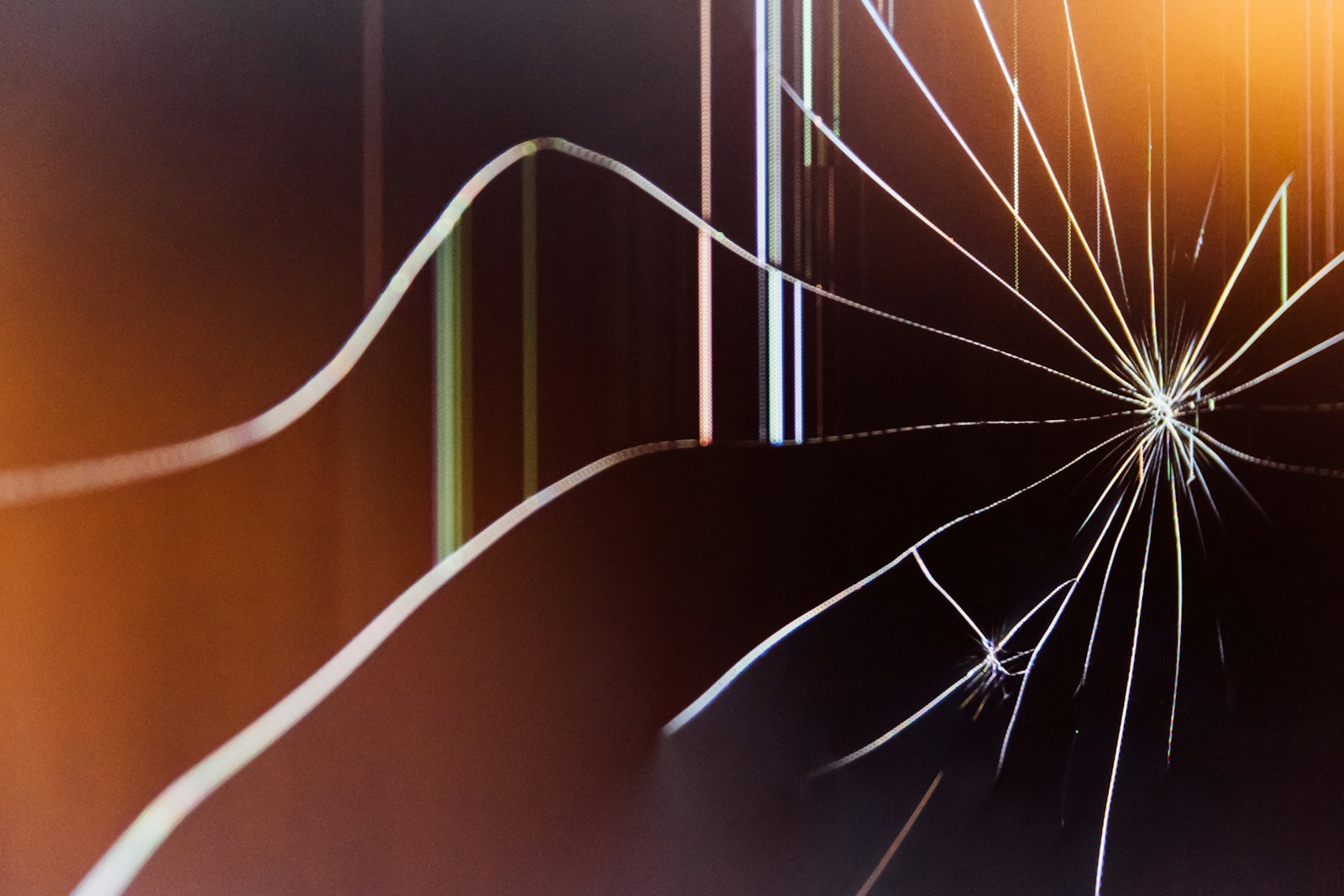In my role at Cairn, I enjoy teaching courses whose content invites consideration, to varying degrees, of questions addressing the nature and purpose of art, as well as best practices for interpreting artistic productions. In class discussions, students have at times appreciated and at others cringed at art that seems to have a solely activist purpose. While we can acknowledge that art can bring awareness to important issues or injustices, when discussing such questions as “What is the purpose of art?” the trendy answers “to change society” or “to make the world a better place” seem disappointingly short-sighted in light of both the extensive effects of the fall as well as the simple fact of eternity.
But this short-sightedness is part and parcel of how the humanities approach art in contemporary academic practice. Art is rarely considered valuable beyond its capacity to reveal, challenge, or rectify reigning social injustices. In my opinion, these reigning interpretive practices spawn from ideas that are inherently dubious, ideas propagated by critical theory. What I hope to show here is this: Critical theory’s foundational assumptions about the nature of reality and truth, combined with its stated goal of enacting social justice, renders it a self-refuting aesthetic theory.
Critical theory originates with the Frankfurt School’s attempt to resist harmful ideology by enacting Marxist socio-political change for ultimately emancipatory purposes. Expectedly so, the aesthetics of critical theory must also serve this singular utilitarian objective. We can see these aesthetics operating in Frankfurt School theorist Louis Althusser’s critique of the melodrama El Nost Milan. Althusser argues that art that represents and challenges the reigning ideology can inspire Marx’s elusive “class consciousness” by creating a self-reflection in the spectator that ultimately leads to an accurate perception of the problems with the ideology. Only then can spectators take proper political action to bring about social justice. While it is my belief that Christians should generally reject utilitarianism as a grounding for any philosophical endeavor (including aesthetics), the utilitarian aesthetics of critical theory are actually the least of my worries.
The far more sobering problem with critical theory’s aesthetics is that they fail to take seriously the axiomatic materialist metaphysics on which they are built. Crucial to my argument is the fact that at the heart of critical theory is the assumption that cultural production (art, religion, politics) is a result of dominant economic structures seeking to maintain their material dominance, an assumption drawn from Marx’s foundational concept of the base and superstructure. This is an analogy Marx uses to explain how capitalist society functions. The base refers to economic conditions and material relationships, which in Marx’s case are capitalist but could apply to any aspect of society critical theorists find oppressive. The superstructure consists of what is perceived to be in the realm of transcendental ideas: productions such as art, religion, and politics. Marx categorizes such productions as in the realm of “ideology” i.e. expressions of the dominant class that seem coherent on the face but ultimately exist just to uphold the status quo of capitalism. Crucially, for Marx, the base generates the superstructure, and not the other way around: Cultural production (art, religion, politics) is just a result of the dominant economic structure (material reality) seeking to maintain its dominance. Ideas such as God, truth, and goodness do not exist on their own but are generated by specific material conditions and continually propagated to pump blood into the heart of capitalism. Marx’s dedication to the primacy of the base is logical if assuming a materialist premise.
Frankfurt School theorists sensed a problem with reducing all ideology to material circumstances. In fact, a hallmark of the Frankfurt School thought is a revision of Marx’s base and superstructure to account for how the superstructure can reciprocally influence and shape the base. For example, Althusser suggests that one major player in the reciprocal relationship between the base and superstructure are Ideological State Apparatuses (ISAs), which are societal institutions that function to “assure” . . . subjection to the ruling ideology.”1 For Althusser, such ISAs include but are not limited to the education system, the church/religion, and the family, which function solely to maintain the conditions necessary to uphold the dominant ideology of capitalism. Importantly, Althusser includes on his list the “The cultural ISA (literature, the arts, sports, etc.).”2 In Althusser’s view, art produced under capitalism best ensures “subjection to the ruling ideology” in two major ways: First, such art renders capitalistic ideology as “common sense;” ubiquitous and unable to be questioned. Second, such art also upholds capitalism by merely “anesthetiz[ing] the people to their own suffering,”3 both of which ultimately prevent the development of class consciousness. ISAs are powerful and influence the base economic conditions to flourish by convincing individuals that society’s order and their place in it are natural.
Thoughtful readers will notice Althusser’s explanation of the base and superstructure seems to depart from his views of the utility of art expressed in his analysis of the play. How is it that art can be both a construct of ideology emerging from the material-economic base that “ensures subjection to the ruling ideology” while simultaneously “cultivat[ing] a critical consciousness?”4 In other words, how can art both reify and challenge capitalism at the same time? Well, Althusser would say that most art reproduces ideology, but authentic art is that which can effectively rattle the spectator from their ideological hypnosis to see the wide gap between how things are (i.e. not good) and how ideology claims they are (i.e. good, natural, acceptable). The problem is that Althusser’s attempt to reconcile this contradiction ultimately requires a reliance on an assumed notion of “goodness,” which is in contradiction with materialism. If material is primary as it is in the base and superstructure, economic or societal conditions are not good or bad, they just are. It’s ideology, philosophy, religion, etc., that tell us if our conditions are good or bad, and these are superstructure, not base. If art and cultural production arises from capitalism’s attempt to uphold itself, that would have to include all artifacts, even if they seem to convey a message contrary to the reigning ideology. In other words, materialism is a totalizing philosophy: It can’t be true that material-economic conditions are primary and also that there is a form of society out there we can envision idealistically so as to strive for it. Even Marxists who embrace the base and superstructure as inherently reciprocal see the economic conditions as overall stronger than the superstructure a la Friedrich Engles: “the economic movement is far and away the strongest, most primary and decisive.”5 But in this view, the base and superstructure create a feedback loop within what is still, ultimately, a materialist system. In other words, even if the base is not the sole source of the superstructure and, at times, the superstructure influences the base, there is still no source of either phenomenon except material conditions anyway. Without any form of idealism in which principles or formal ideas exist independently of humans embedded in an economic context—and critical theory rejects such idealism—there is no explanation for the nature and purpose of art except the material one provided by the base and superstructure. This would suggest that any theory of art or aesthetics produced by humans is contingent on the material circumstances in which the theory arose.6 There is no “outside” the system in a materialist view.
But even if we allow Althusser the inconsistency between his materialism and his assumed notion of the good (if ideology is so powerful), how can any person truly ascertain what is wrong with the world? For instance, Althusser suggests that “authentic” art can shake a spectator from the stupor of ideology, but this assumes the spectator is capable of standing outside of capitalism and its ideology enough to realize what is wrong with the picture painted by the aesthetic artifact, which seems to contradict that Althusser elsewhere suggests that, according to Lewis, “societies and subjects are seen as patterns of activity that behave in predictable ways,”7 which is more logical given his materialist commitments. And what if spectators are in ideology merely thinking they’re outside it, in accordance with Althusser when he says that “those who are in ideology believe themselves by definition outside ideology?”8 If the spectator is subject to history and ideology and material conditions as much as the artifact is, how can she accurately explain the ways in which the artifact’s rendering of the state of society or ideology could challenge the dominant system? Moreover, given that, for Althusser, philosophy itself is in fact not born of the immaterial realm of ideas but of material existence, how do we know that even Althusser’s conception of ideology and his critical analysis of this play are not sourced in the material conditions of his capitalist existence and therefore function to uphold capitalism? Such questions reveal that aesthetics is a philosophical discipline that requires engagement with epistemological questions regarding the nature of knowledge acquisition. These questions also reveal that critical theory—lacking an axiomatic belief in ultimate, objective, or knowable truth—cannot logically sustain its own aesthetic theory that the nature and purpose of art is to reveal to receptive spectators the truth about society.
I am saying here that the materialist aesthetics of critical theory fail to provide a valid, coherent, and reliable method for interpreting humanistic cultural artifacts. While critical theory claims that art has utilitarian value in challenging the dominant societal assumptions, it simultaneously claims that all art by nature exists to uphold the dominant societal structures and assumptions. Due to its materialist assumptions, critical theory can offer no other explanation for the nature, purpose, and proper interpretation of art except a materialist explanation such as the theory of base and superstructure. But if critical theory is right about how the base and superstructure work to uphold capitalism, then it must reject art and aesthetics entirely as by-products or pollutants of capitalism’s processes; no art can be valuable for its own sake, nor can it serve a utilitarian purpose. And if critical theory is right about art’s utility in raising class consciousness and initiating socio-economic transformation on the basis of an assumed “good,” it must reject its materialist assumption about how the base and superstructure work, which would inevitably collapse the logic of critical theory as a whole due to the theory’s commitment to a view of society in which all ideals, including art and beauty, are mere cultural constructs of dominant classes created to maintain their material power differential. And even if art in some coherent fashion could escape the hold of ideology, critical theory fails to provide a coherent explanation of how any individual could also escape ideology enough to accurately critique art. Ultimately, the utilitarianism of critical theory comes back to bite itself: The very metaphysical commitment to transcendent ideas necessary for aesthetics are abandoned for the sake of the emancipatory project, given that self-identified critical theorists share a belief “that the universal concepts of idealism all too slickly and willingly conceal the concrete suffering that stems from degrading conditions of life.”9 Thus, critical theory as a whole implodes in its sad attempt to produce a coherent or even useful aesthetic, which should also make us question all implications of the theory in broader society.
Perhaps critical theorists will reject my logic here regarding the base, superstructure, and aesthetics. If I am missing some major point in my reasoning here, Christians should still be cautious to embrace the purely materialist and utilitarian nature of the aesthetics of critical theory. Christians serve a God who grants purpose and meaning to his creation, but the aesthetics of critical theory rely on a materialist metaphysics in which purpose and meaning are chance outcomes of material processes. While Christians serve a God who is goodness in and of himself and therefore arbitrates human ethics according to his character, the aesthetics of critical theory relies on a utilitarian ethic in which the (political) ends justify the (aesthetic) means. One does not have to be a Christian to desire a deeper purpose for art and beauty than mere societal impact; however, for the Christian it is an imperative: The human capacity to create and the resultant creative production are too good, too beautiful to have any purpose that is purely material, purely temporal.
While it is beyond the scope of this piece to provide a Christian aesthetics, as Christians we can and should pursue aesthetic theories axiomatically dependent on a transcendent reality that exists independently of humanity yet functions to order the world God created, the world that provides us the material fodder for human artistic creation. Creating or interpreting art with the sole purpose of temporal political transformation is simply not good enough to serve an eternal God who is concerned not only with features of human culture such as politics but calls us to contemplate by myriad artistic means “whatever is true, whatever is honorable, whatever is just, whatever is pure, whatever is lovely, whatever is commendable, [whatever is] excellen[t], [whatever is] worthy of praise” (Philippians 4:8).
- Louis Althusser, “Ideology and ideological state apparatuses (Notes towards an investigation),” in Lenin and Philosophy and Other Essays, translated by Ben Brewster (New York and London: Monthly Review Press, 1971), 82. ↩︎
- Ibid, 80. ↩︎
- Chris Rasmussen, “Ugly and Monstrous: Marxist Aesthetics,” James A. Rawley Graduate Conference in the Humanities (Apr. 2006), 2. ↩︎
- Banu Bargu, “In the Theater of Politics: Althusser’s Aleatory Materialism and Aesthetics,” Diacritics, vol. 40, no. 3, (2012), pp. 86–111. ↩︎
- Carlos Garrido, “Critique of the Misunderstanding Concerning Marx’s Base-Superstructure Spatial Metaphor,” Hamptonthink.org. ↩︎
- Max Horkheimer, “Traditional and Critical Theory,” in Critical Theory: Selected Essays: Max Horkheimer, translated by Matthew J. O’Connell and others (Continuum Publishing, 1972), 240. ↩︎ ↩︎
- William Lewis, “Louis Althusser,” in The Stanford Encyclopedia of Philosophy, edited by Edward N. Zalta and Uri Nodelman, (Fall 2022). ↩︎
- Althusser, 86. ↩︎
- JC Berendzen, “Postmetaphysical Thinking or Refusal of Thought? Max Horkheimer’s Materialism as Philosophical Stance,” in International Journal of Philosophical Studies, vol. 16, no. 5 (Dec. 2008), 695. ↩︎






